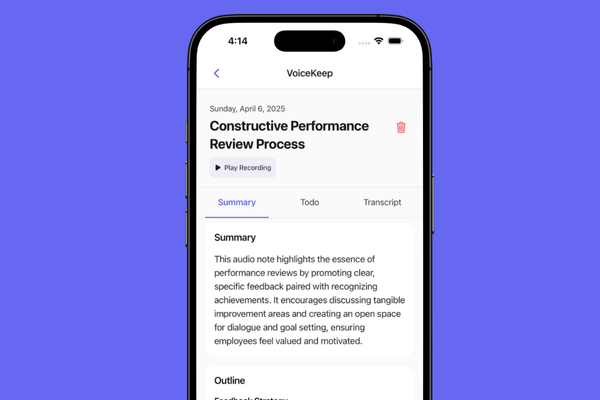The rise of mobile internet connectivity has encouraged web designers to keep their websites mobile-web viewable. A website that looks different on a computer screen versus on a phone is poorly made. Fortunately, there are many responsive web design frameworks out there that will make the process simpler for you!
What is Responsive Web Design?
"Responsive Web Design is a technique for adjusting web page layouts to the viewing environment, typically adapting to the size of the browser window or device. In short, a responsive design means that a website should look good whatever its screen resolution."
Why use a Responsive Web Design Framework?
Now there are 3.80 Billion smartphone users are available in the world. and there are many reasons why one may want to use a Responsive Design Framework. One more major reason is that it will make it easier to transition to other websites or devices. It also makes development less intensive and responsive web content easier to manage.
Here are the best CSS frameworks to build responsive design:
1.Bootstrap

Bootstrap is a free and open-source toolkit for creating beautiful, responsive pages. It makes it easy to create complicated designs and typography. Bootstrap helps designers quickly and easily create responsive mobile sites. Features include Sass variables and mixins, responsive grids, typography, tables, images, extensive prebuilt components, and powerful JavaScript plugins, and more.
Website: https://getbootstrap.com/
2.Tailwind CSS

Tailwind CSS is a set of utility classes for implementing fast, scalable & responsive grid systems. It lays out fluid grids with just the class name to position grid items, spaces, and columns. It has a set of utility classes for implementing fast, scalable & responsive grid systems.
Website: https://tailwindcss.com/
3.Semantic UI

Semantic UI provides pre-built, responsive, and customizable templates with intuitive human-centered naming conventions. The framework aims to be as flexible as possible, which means that we endeavor to not force design dogma on our users. Instead, you can take advantage of Semantic's features in whichever capacity best suits the needs of your project.
Semantic UI treats words and classes as interchangeable concepts. Classes use syntax from natural languages such as noun/modifier relationships, word order, and plurality to link keywords together intuitively.
Website: https://semantic-ui.com/
4.Foundation

Foundation is a framework that can be used in any device, media, or accessibility. Foundation websites are beautiful and responsive and use the code to make it easier to design for every website.
Foundation is a set of styles coded in SASS for cross-browser efficiency and rapid CSS development. Foundation is a responsive front-end framework where you can launch new web projects on modern browsers, desktops, and mobiles as well as providing a solid foundation for your future endeavors.
Website: https://get.foundation/
5.Pure CSS Framework

Pure is small which means that it has quick loading times on all of your devices. It is important for us to keep our file sizes low while still appealing to the developer who likes to spend time optimizing for size.
Pure takes advantage of Normalize.css by providing a styling framework for the layout and the most common UI elements. It tackles what's needed while leaving out any unnecessary styles. Pure is fully responsive, so all elements will work on every screen size.
Website: https://purecss.io/

